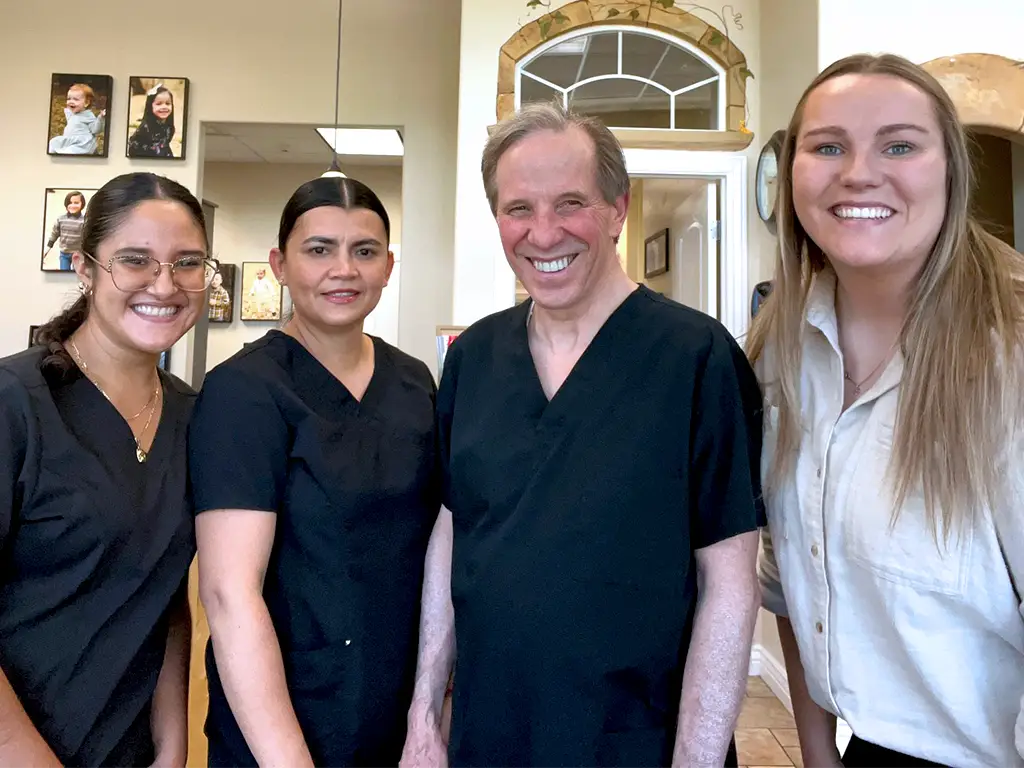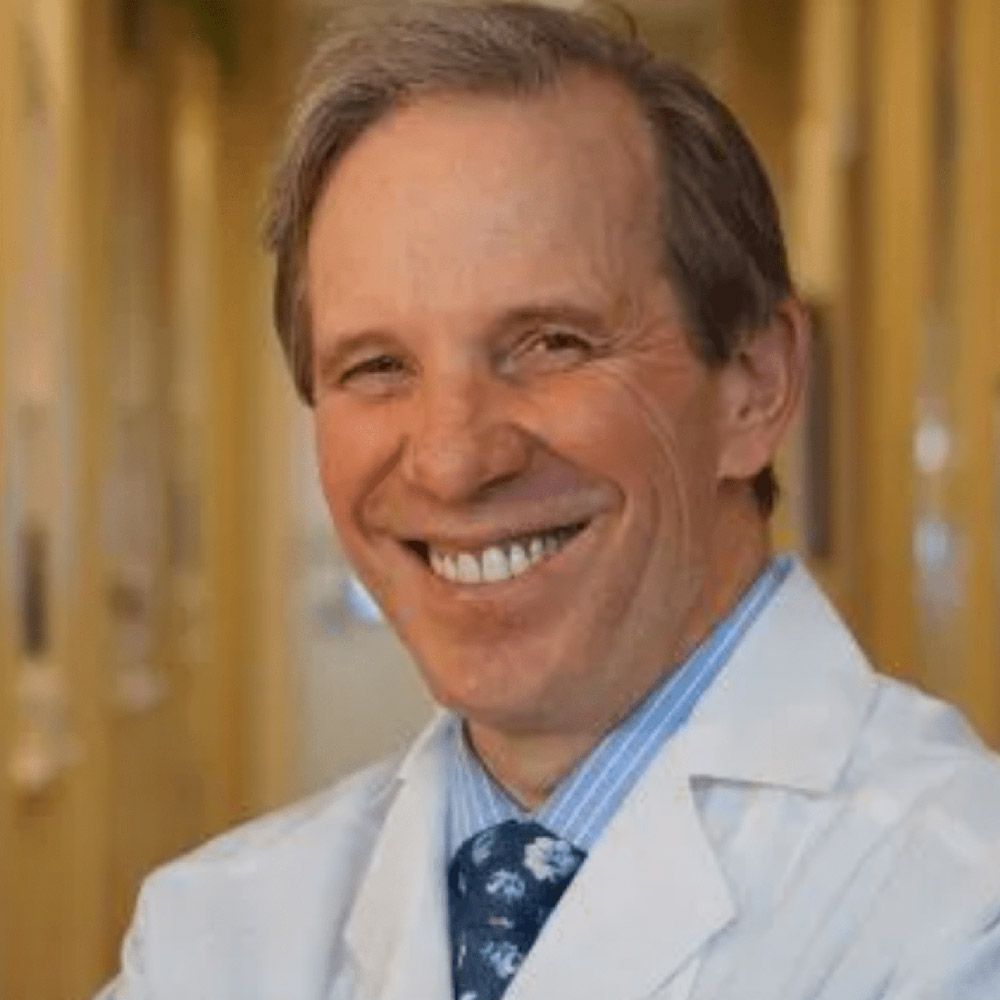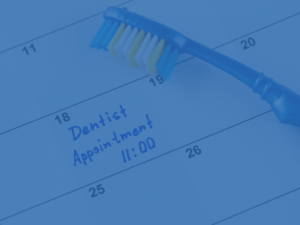Historic Advancements in Dentistry
Dentistry has evolved dramatically over centuries, transitioning from rudimentary practices to a sophisticated medical field. From ancient techniques to cutting-edge technologies, providers stand at the summit of historic advancements in dentistry. today, we’ll take a look at how it has evolved.
Ancient Beginnings (7000 BCE–500 CE)
The earliest evidence of dental care dates back to around 7000 BCE in the Indus Valley (now parts of Pakistan and northwest India), where archaeologists discovered drilled molar crowns in human remains, suggesting early attempts at treating tooth decay with bow drills. By 2700 BCE, ancient Egyptians used herbal remedies and honey-based pastes to address oral issues, as documented in the Ebers Papyrus. They also crafted rudimentary dental bridges using gold wires to stabilize teeth.
In ancient China, around 600 BCE, texts like the Huangdi Neijing described oral health practices, including acupuncture to alleviate tooth pain. Around the same time, the Greeks and Romans contributed significantly. Hippocrates (460–370 BCE) wrote about tooth extraction and gum disease, while Roman physician Celsus (25 BCE–50 CE) described techniques for filling cavities with lint and lead. These early efforts laid the groundwork for systematic dental care, though they were often painful, harmful, and imprecise.
Medieval and Renaissance Progress (500–1700 CE)
During the Middle Ages, dental care was largely performed by barbers or general physicians, as dentistry was not yet a distinct profession. In Europe, tooth extraction was a common remedy for pain, and was often done without anesthesia. Islamic scholars, however, advanced dental knowledge. Al-Zahrawi (936–1013 CE), a renowned surgeon, wrote about scaling teeth, treating abscesses, and using gold wires for dental splints in his medical encyclopedia, Al-Tasrif. His work influenced European medicine when translated in the 12th century.
The Renaissance brought renewed interest in anatomy and surgery. Ambroise Paré (1510–1590), a French surgeon, improved extraction techniques and introduced “dental pelicans”, curved instruments for tooth removal. By the late 1600s, dental texts began to emerge. Charles Allen’s 1685 book, The Operator for the Teeth, is considered one of the first dedicated dental manuals in English, emphasizing oral hygiene and basic restorative techniques.
The Birth of Modern Dentistry (1700–1843)
Historic advancements in dentistry would be incomplete without mentioning Pierre Fauchard (1678–1761), often called the “father of modern dentistry,” who revolutionized the field with his 1728 treatise, Le Chirurgien Dentiste. Fauchard introduced systematic approaches to fillings, orthodontics, and prosthetics. He developed dental drills, used gold and tin for fillings, and created early braces made from metal wires and wax. His emphasis on preventive care, like scaling to remove tartar, was groundbreaking.
In the early 19th century, dental education emerged. The first dental school, the Baltimore College of Dental Surgery, opened in 1840, standardizing training and establishing dentistry as a distinct medical discipline. Around this time, advancements in materials improved treatments. Amalgam, a mercury-based filling material, was introduced in the 1830s, offering a durable and affordable option despite initial controversy over its safety. We still lacked a very important component to modern dentistry at this time however – pain management.
Anesthesia and Pain Management (1844–1900)
Pain management transformed dentistry in the mid-19th century. In 1844, Horace Wells, an American dentist, pioneered the use of nitrous oxide (“laughing gas”) for anesthesia during extractions. Two years later, William Morton demonstrated ether’s effectiveness, further expanding painless dental procedures. By 1884, Carl Koller introduced cocaine as a local anesthetic, though its side effects soon led to safer alternatives like procaine (Novocain) in the early 20th century.
The late 19th century also saw improvements in dental tools. The foot-powered dental drill, invented by James Beall Morrison in 1871, allowed for faster and more precise cavity preparation. X-rays, discovered by Wilhelm Röntgen in 1895, were quickly adopted by dentists to diagnose hidden decay and tooth structure issues, revolutionizing diagnostics.
20th Century Innovations (1900–2000)
The 20th century brought rapid advancements. Fluoride’s role in preventing tooth decay was established in the 1930s after studies showed that communities with naturally fluoridated water had lower cavity rates. By 1945, Grand Rapids, Michigan, became the first city to fluoridate its water supply, reducing decay rates by up to 60%. Fluoride toothpastes followed, becoming widely available by the 1950s.
Dental materials also improved. Composite resins, introduced in the 1960s, offered a tooth-colored alternative to amalgam, enhancing aesthetic outcomes. Dental implants, pioneered by Per-Ingvar Brånemark in the 1950s, became a reliable solution for tooth replacement after he discovered titanium’s ability to fuse with bone (osseointegration). By the 1980s, implants were commercially viable, transforming restorative dentistry.
Orthodontics advanced with the development of stainless steel braces in the 1920s. The introduction of clear aligners offered a discreet alternative for teeth straightening. Meanwhile, laser dentistry, emerging in the 1990s, allowed for precise cutting and treatment of soft tissues, reducing discomfort and recovery time.
Digital and Contemporary Advances (2000–Present)
The 21st century has seen dentistry embrace digital technologies. Computer-aided design and manufacturing (CAD/CAM) systems, like CEREC, introduced in the 1980s but refined in the 2000s, enable same-day crowns and restorations. 3D imaging and cone-beam computed tomography (CBCT) provide detailed views of oral structures, improving diagnostics and treatment planning.
Now with AI-powered tools that analyze X-rays, predict decay risk, and assist in treatment planning with unprecedented accuracy, we have officially taken the next leap forward in innovation. As research continues, dentistry is poised for further breakthroughs such as Fastbraces, Waterlase No Shot dentistry, and so much more.
It’s a great time for all of us as we move forward into a new era of technological advancement and improved dental care. Thank you and we hope to see you soon.






